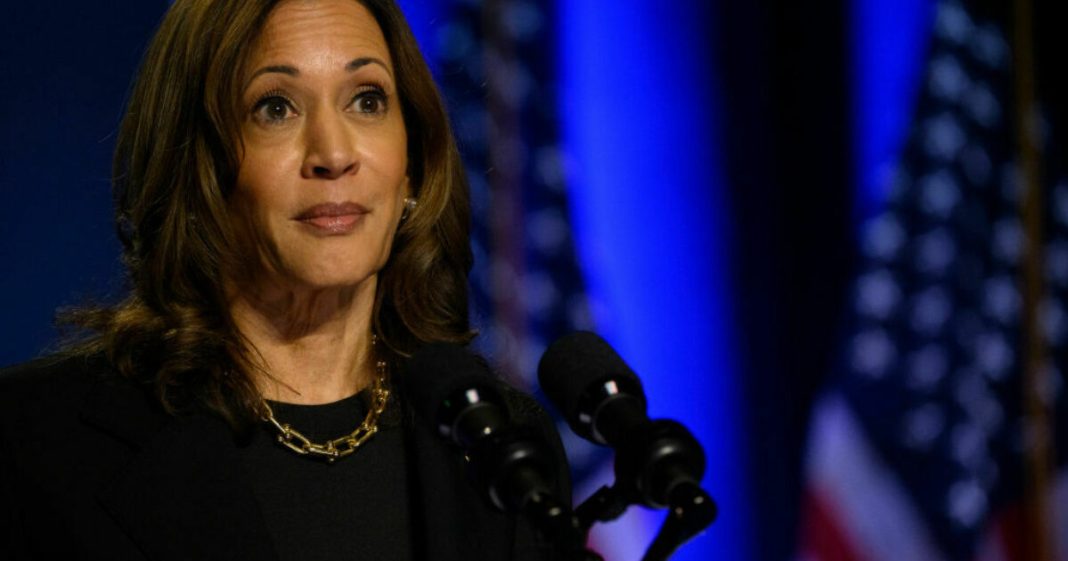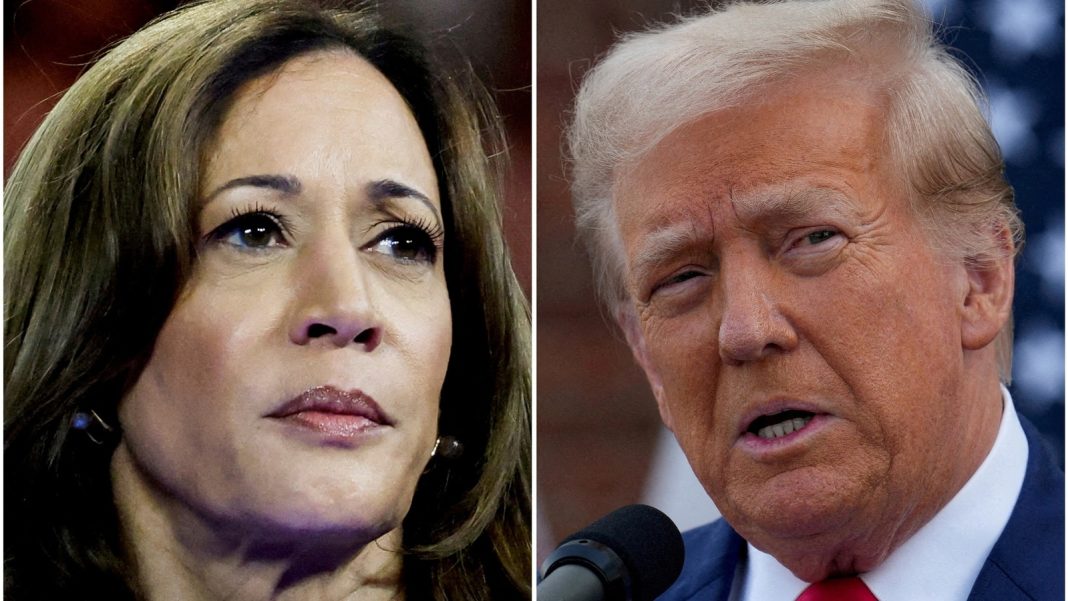Kamala Harris: The Underdog in a Tight Race Against Trump
Since stepping into the spotlight as the Democratic nominee in late July, Vice President Kamala Harris has embraced the underdog narrative, declaring, “We’re the underdogs.” Despite a string of positive media coverage, a successful Democratic National Convention, and a standout debate performance against former President Donald Trump, Harris continues to frame her campaign as a long shot. But why the cautious approach when her polling numbers are better than those of President Joe Biden before he exited the race?
Some political analysts suggest that Harris’s underdog rhetoric is a clever strategy to galvanize voter turnout. However, the reality is that the race is indeed close, particularly in key swing states. The Democrats have every reason to be concerned, especially when considering Biden’s substantial lead in 2020 and the narrow margin by which he ultimately won.
Trump’s presidency was marked by significant controversies, from tax cuts favoring the wealthy to a lackluster response to the COVID-19 pandemic. Harris has effectively highlighted these failures during her campaign, but the challenge remains: she has yet to rebuild the diverse coalition that propelled Biden to victory four years ago. Polls indicate that Harris is struggling with crucial demographics, including voters of color, younger voters, and seniors—groups that are vital for a Democratic win.
In particular, the working-class support that Trump has garnered poses a significant threat to Harris’s campaign. CNN political analyst Harry Enten noted that Trump enjoys more backing from working-class voters than any Republican candidate in a generation, while Harris is on track for the worst Democratic performance among union voters in decades. This is a troubling trend, especially given the potential economic fallout a second Trump term could bring for the working class and the labor movement.
The situation is further complicated by the ongoing conflict in Gaza, which has alienated many Arab American voters. A recent poll revealed that Trump is leading Harris among this demographic, a stark contrast to Biden’s nearly 60% support in 2020. In Michigan, a state with a significant Arab American population, internal polling shows Harris struggling to connect, with some groups refusing to endorse her due to her stance on U.S. military support for Israel.
As the campaign enters its final stretch, Democrats must take these warning signs seriously. If they truly view Trump as a threat to democracy, a shift in strategy is essential to unite a broad spectrum of voters. This could start with a reevaluation of Harris’s foreign policy stance, particularly regarding Israel. A majority of voters are calling for a ceasefire in Gaza, and aligning with this sentiment could help Harris regain support among disillusioned voters.
On the economic front, Harris has the opportunity to pivot towards a more populist message. While she has championed policies like the expanded child tax credit and investments in green manufacturing, a more aggressive approach targeting the wealthy and addressing the needs of working-class Americans could resonate more deeply with voters. Many are living paycheck to paycheck and are in desperate need of a bold agenda that promises real change.
Moreover, energizing the youth vote is crucial. In 2020, young voters played a pivotal role in securing swing states for Biden, but registration numbers are lagging this time around. Engaging younger voters, particularly those of color, should be a top priority for the Harris campaign. Addressing their concerns about the economy and the situation in Gaza could motivate them to not only vote but also actively participate in campaign efforts.
Harris’s recent collaborations with Republicans have raised eyebrows, but a shift to a more progressive platform could invigorate grassroots organizations that were instrumental in Biden’s success. Groups like the Sunrise Movement and Black Voters Matter are gearing up for significant outreach in swing states, and a concerted effort from Harris to connect with disaffected voters could amplify their impact.
As the clock ticks down to Election Day, Harris has a chance to respond to the challenges that have positioned her as the underdog. By embracing a more progressive agenda and addressing the concerns of key voter demographics, she could transform her campaign narrative and rally the support needed to challenge Trump effectively. The stakes are high, and the time for action is now.



